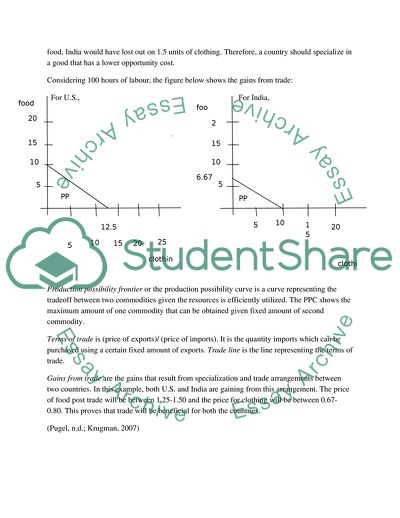Cite this document
(Micro Economic Principles Assignment Example | Topics and Well Written Essays - 1500 words - 1, n.d.)
Micro Economic Principles Assignment Example | Topics and Well Written Essays - 1500 words - 1. https://studentshare.org/macro-microeconomics/1757098-micro-economic-principles
Micro Economic Principles Assignment Example | Topics and Well Written Essays - 1500 words - 1. https://studentshare.org/macro-microeconomics/1757098-micro-economic-principles
(Micro Economic Principles Assignment Example | Topics and Well Written Essays - 1500 Words - 1)
Micro Economic Principles Assignment Example | Topics and Well Written Essays - 1500 Words - 1. https://studentshare.org/macro-microeconomics/1757098-micro-economic-principles.
Micro Economic Principles Assignment Example | Topics and Well Written Essays - 1500 Words - 1. https://studentshare.org/macro-microeconomics/1757098-micro-economic-principles.
“Micro Economic Principles Assignment Example | Topics and Well Written Essays - 1500 Words - 1”. https://studentshare.org/macro-microeconomics/1757098-micro-economic-principles.


